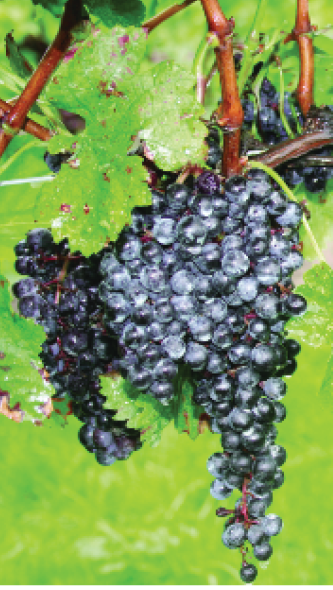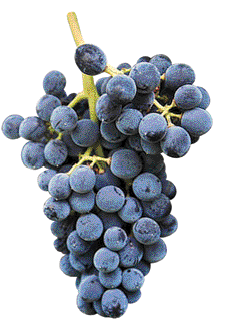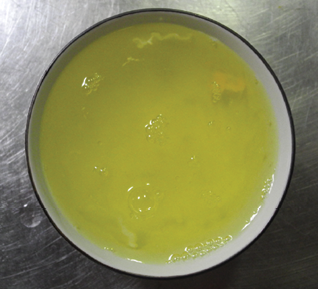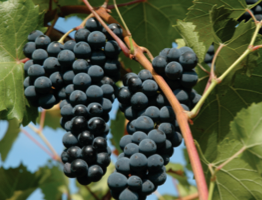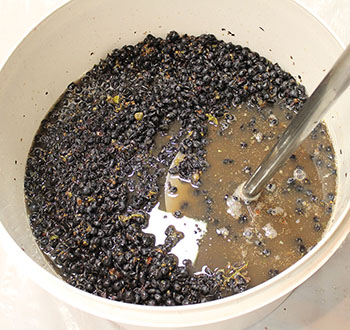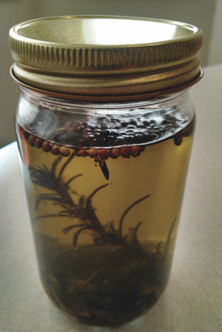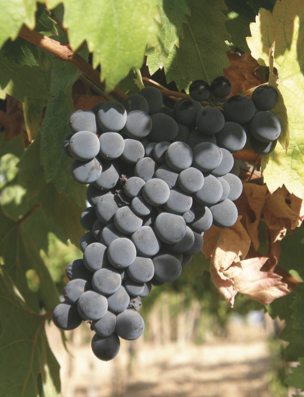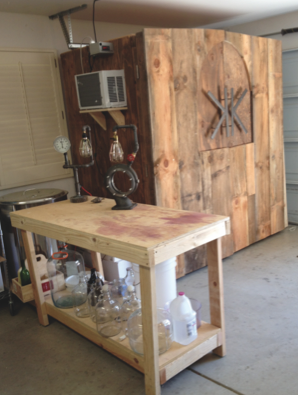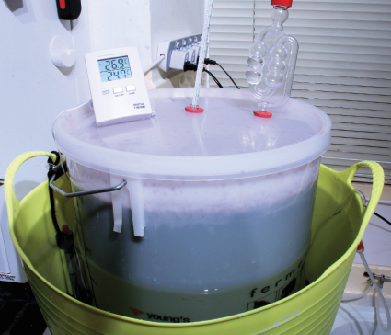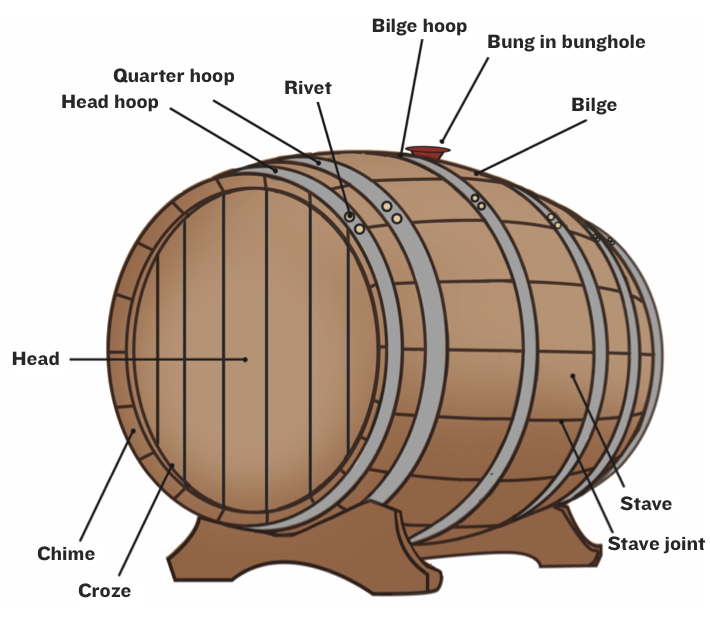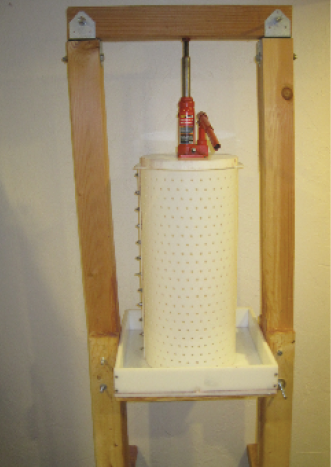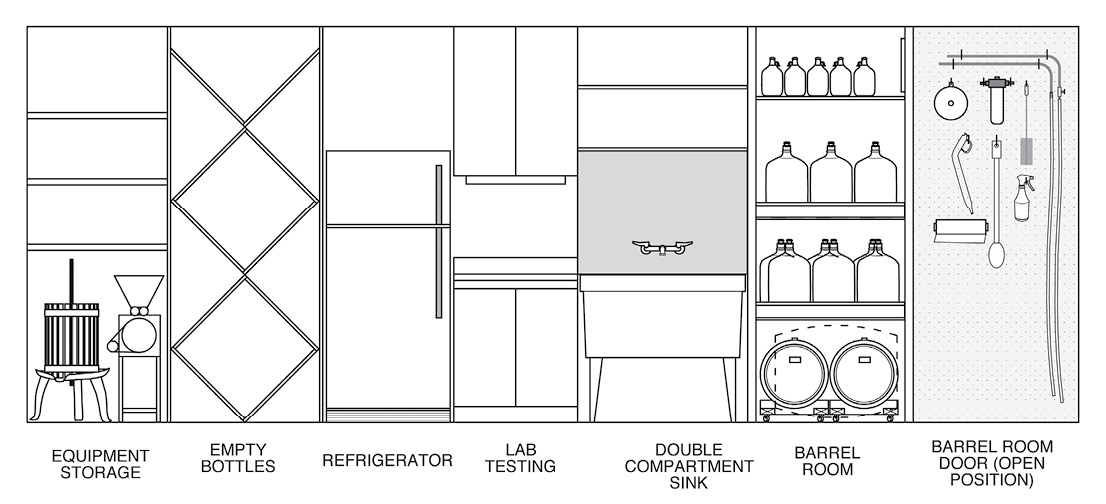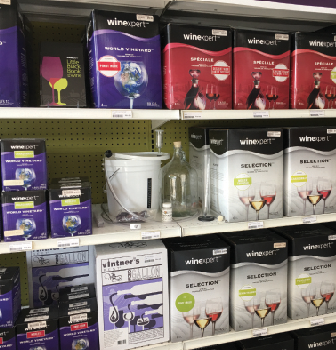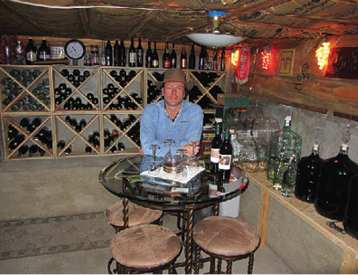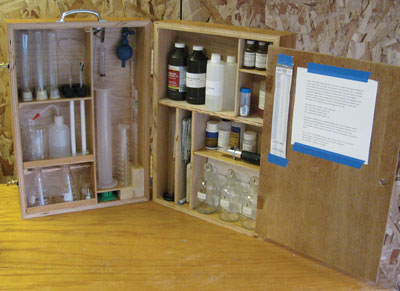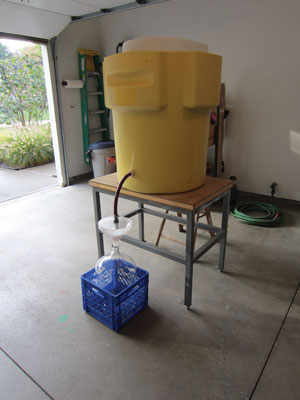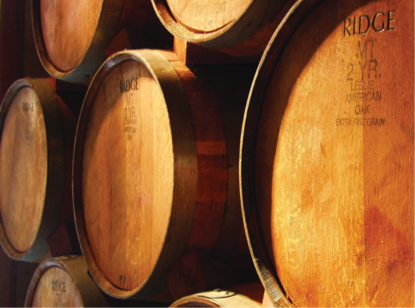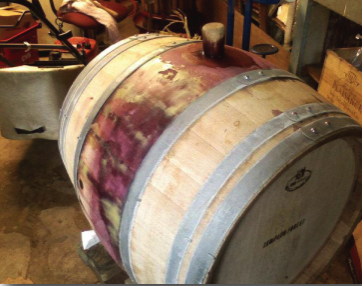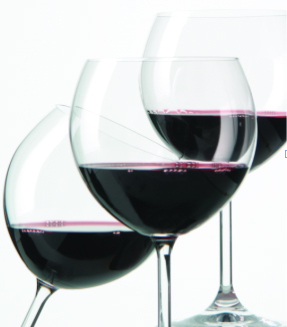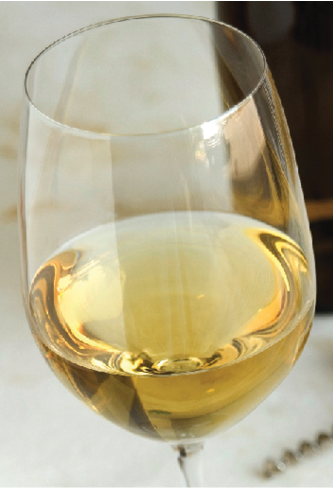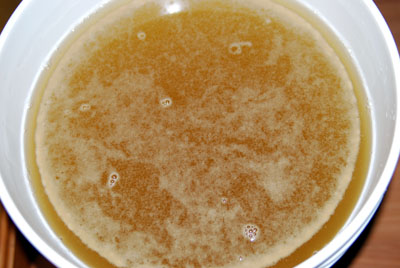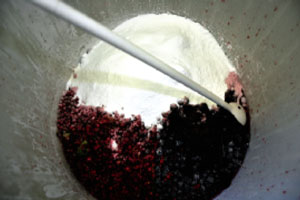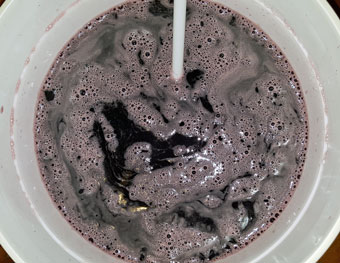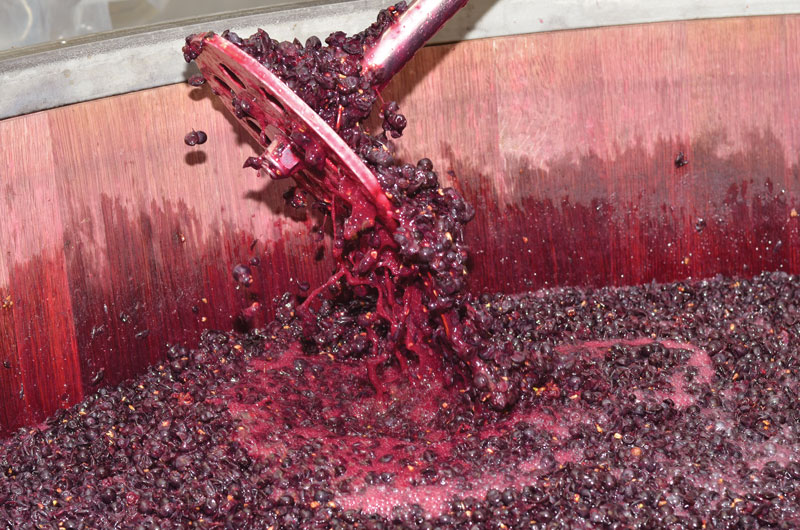Articles
Merlot: Noble grape of Bordeaux
. . . Merlot is the most common grape variety grown in France with about 280,000 acres.
Nero d’Avola: The red grape of Sicily
. . . Sicily’s legacy of red wine is all about Nero d’Avola, second only to Catarratto Bianco. There are almost 18,000 hectares (about 46,000 acres) of Nero in Sicily.
Egg White Fining
An introduction to fining wine with egg whites.
Marquette: A hardy cold-climate hybrid
If you are looking for a cold-tolerant red grape, Marquette might be the varietal for you. Bred in Minnesota, this hybrid can withstand temperatures as low as -30 °F (-34 °C).
Understanding YAN
If you want to make good homemade wine, you should learn to manage your wines’ YAN — yeast assimilable nitrogen.
Unconventional Additives
There are lots of possibilities for adding extracts, flavorings, herbs, and spice when you are making wine at home. We explore a variety of options.
Montepulciano
To understand Montepulciano the grape, you also have to understand the difference with Montepulciano the place. Chik Brenneman takes you on a tour of eastern Tuscany, Italy in this issue.
Build a Temperature-Controlled Wine Storage Box
A home winemaker from California’s Sierra Foothills shares his design for an air-conditioned wine storage room he built for his garage.
Controlling Fermentation Temperature
Many hobby winemakers believe that fermentation temperature control is beyond their reach — but this isn’t so! Discover how to keep temperatures in the proper range.
The Essential Ins and Outs of Oak Barrels
Aging your wine in an oak barrel can do wonders for your wine. It can also ruin it. Before you dive in head first, learn all there is to know about aging in oak. Plus: Using oak alternatives.
Build Your Own Basket Press
Build this basket press using HDPE plastic.
One Wall Winery: One World. One Winery. One Wall.
If you have a free wall in your garage, you can have your entire winery organized there. See the plans by Steve Hughes.
Wine Kit Questions: Water and Bubbles
“A letter is an unannounced visit, the postman the agent of rude surprises. One ought to reserve an hour a week for receiving letters and afterwards take a bath.” -Friedrich Nietzsche Man,
Wine Cellar Build
A reader’s basement renovation takes shape.
Lab Equipment: Storage Cabinet
Over the years I have accumulated lots of pieces of fairly delicate labware to perform a number of winemaking tests. After recently remodeling my garage winery with some cast off kitchen cabinets
Fermentation Temperature Control
This cooling setup keeps wine must within just a few degrees of target temperatures.
Evaporation Clarification, “Big” Reds, and Mold Malady
Remember, every time you open your barrel, you introduce air and potentially some undesirable spoilage organisms.
Broken Barrels, pH Adjustments, and “Chocolate” Wine
Oak barrels (and barrels made of other woods, sometimes acacia wood or even cherry wood) are really structurally amazing.
Avoiding Sulfites, Adding Copper
Pasteurization operates on a sliding scale and its effectiveness depends on a coefficient between time and temperature.
Lysozyme, Adding Sugar, and Oak Alternatives
Excluding bacteria that can eat malic acid and turn it into lactic acid is the only way to make sure you don’t get refermentation in the bottle.
Late Malolactic, Wine Kit Ingredients, and Color Questions
Your Zinfandel probably had a good reason (in the wine’s opinion, anyway) why it didn’t go through ML fermentation.
Overspiced Situation, Fining Reds, Brown Whites
Spices and other added flavorings in home winemaking are one of the trickiest things to get right.
Fining Fruit Wines, Sourcing Grapes, and Cleaning Agents
Wine clarifiers, or ‘fining agents’ as they (and a whole host of other wine-finishing additives) are called, are creatures of degrees.
Soapy Taste, Wine Pumps, and Testing Sulfite
I suspect you’ve got a fatty acid issue caused by your stuck/sluggish fermentation. S. cerevisiae can emit fatty acids when under fermentive stress . . .
Perfecting Pyment, Vinifera Vines, and Over-Yeasting
. . . you could also buy some powdered grape tannin, use oak chips, or even use a cup of strong black tea to add some tannin backbone to the wine if it’d be tough for you to obtain grape skins.
